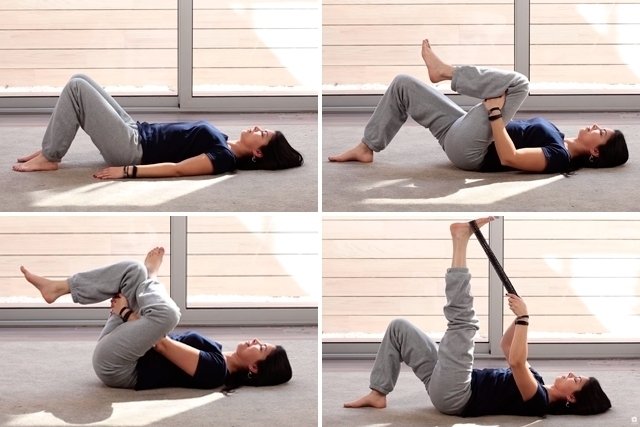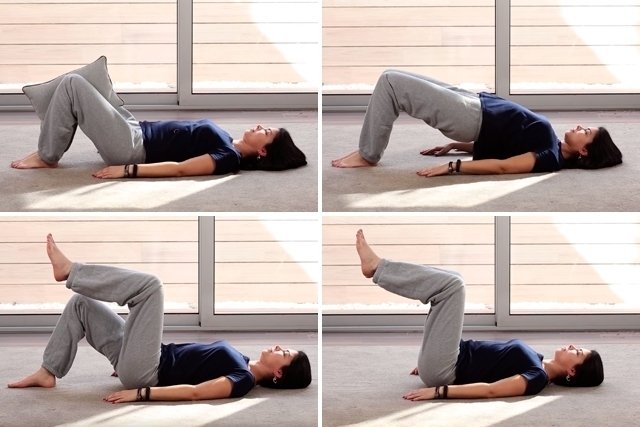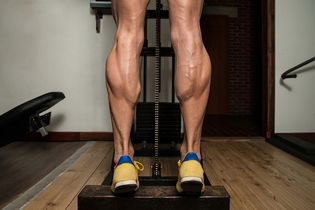Sciatica stretches and strengthening exercises can help to relieve sciatic nerve pain and inflammation and improve overall leg movement. These exercises are aimed at reinforcing the muscles surrounding the sciatic nerve. They should first be approved by a doctor or physiotherapist to ensure they are appropriate for your pain and physical abilities.
To check whether you have sciatica, lie down on your back and raise one leg straight into the air, making a 45º degree angle between your leg and the floor. If you start feeling a sharp pain, burning sensation or stabbing pain in the gluteal muscles, the thighs or the foot, it’s very likely that you have sciatica. Therefore, you are advised to see a doctor who can properly diagnosis and prescribe treatment to relieve the pain.
You should follow-up with an orthopedic surgeon or family doctor periodically to ensure your sciatica is well-managed. The doctor may prescribe medications or physiotherapy, as well a stretches or other exercises to compliment medical treatment.
Stretching exercises

1. Start by laying on a flat surface with your arms beside you and your hands facing down. Bend your knees and place the soles of your feet flat on the ground. This is your starting position. Using your pelvis, pull your bellybutton inward, toward your back. Hold this position for 10 seconds, while maintaining normal breathing, then relax. Repeat two to three times.
2. Return to the starting position. Lift one knee and bring it toward your chest, placing your hands behind your leg for support. Hold this position for 30 seconds, then repeat on the other leg.
3. Return to the starting position. Cross one foot over the opposite knee. Place your hands behind the leg that remains on the floor, and lift the leg from floor, toward you. Hold this position for 30 seconds and repeat on the other side.
4. Return to the starting position. Lift one foot from the ground and place a belt around the bottom if this foot. Straighten the leg and lift it higher to stretch against the resistance of the belt. Hold this position for 30 seconds and repeat on the other side.
These exercises should be repeated at least three times each, and can be done once or twice a day.
Strengthening exercises

1. Start by laying on a flat surface with your arms beside you and your hands facing down. Bend your knees and place the soles of your feet flat on the ground. This is your starting position. Place a cushion between your knees and squeeze it for five seconds before releasing. Repeat this three times, keeping your abdominal muscles contracted throughout the exercise.
2. Return to the starting position. Lift your hips from the floor, and hold this position for at least five seconds. Then slowly lower your hips, making sure that your lower spine and glutes touch the floor first. Repeat at least five times.
3. Return to the starting position. Lift one foot from the ground, keeping your knee bent at a 90 degree angle. Hold for 3 to 5 seconds, then lower, placing the foot flat on the ground. Repeat on the other side. This cycle can be completed five times.
4. Return to the starting position. Left both legs from the ground, keeping the knees bent at a 90 degree angle. Keeping one leg suspended in this position, lower the opposite leg to the floor, until your toe touches the ground. Then left this foot to the previous position and repeat on the other leg.
Check out more home remedies for sciatica to compliment these stretches.
Exercises to avoid during a flare-up
Even though exercises are a good way to stretch and strengthen the pelvic area to relieve sciatica pain, not all exercises are recommended, especially during a flare-up. The following are some exercises you should avoid:
- Squats
- Dead lifts
- Stretching the abdominal muscles
- Any weight lifting that puts pressure on the bottom of the back.
In addition, leg exercises in the gym, as well as intense running or any type of physical activity that applies pressure on the gluteal region or the lower back should be avoided. Learn more why sciatica happens to learn how you can avoid flare-ups.
You should only perform exercises within your pain limits and avoid straining yourself, that you do not further irritate the nerve and worsen the pain.








